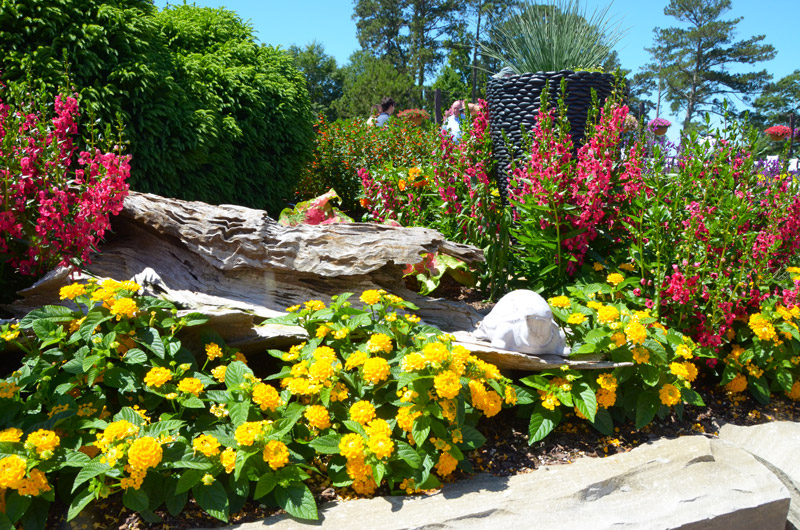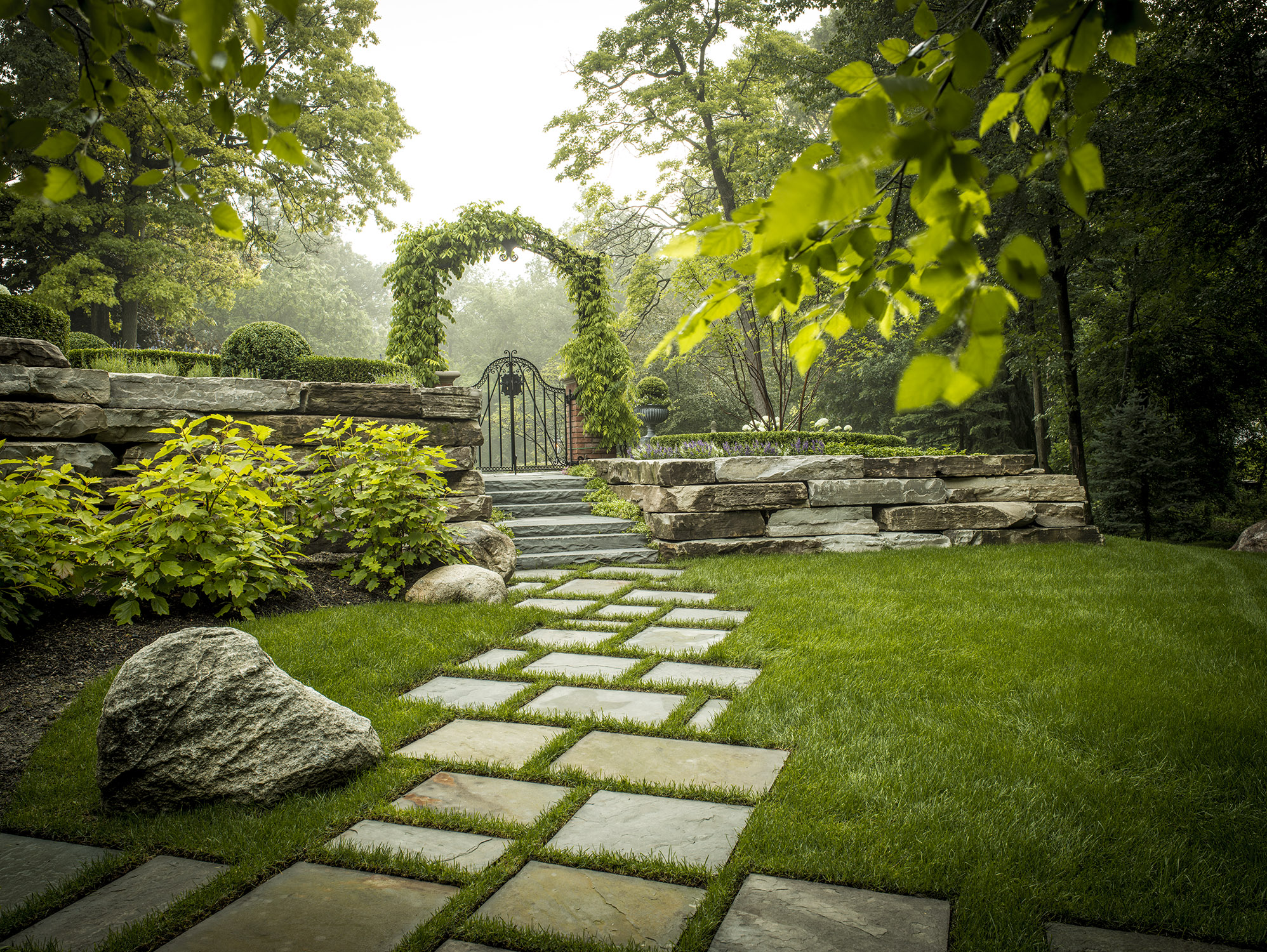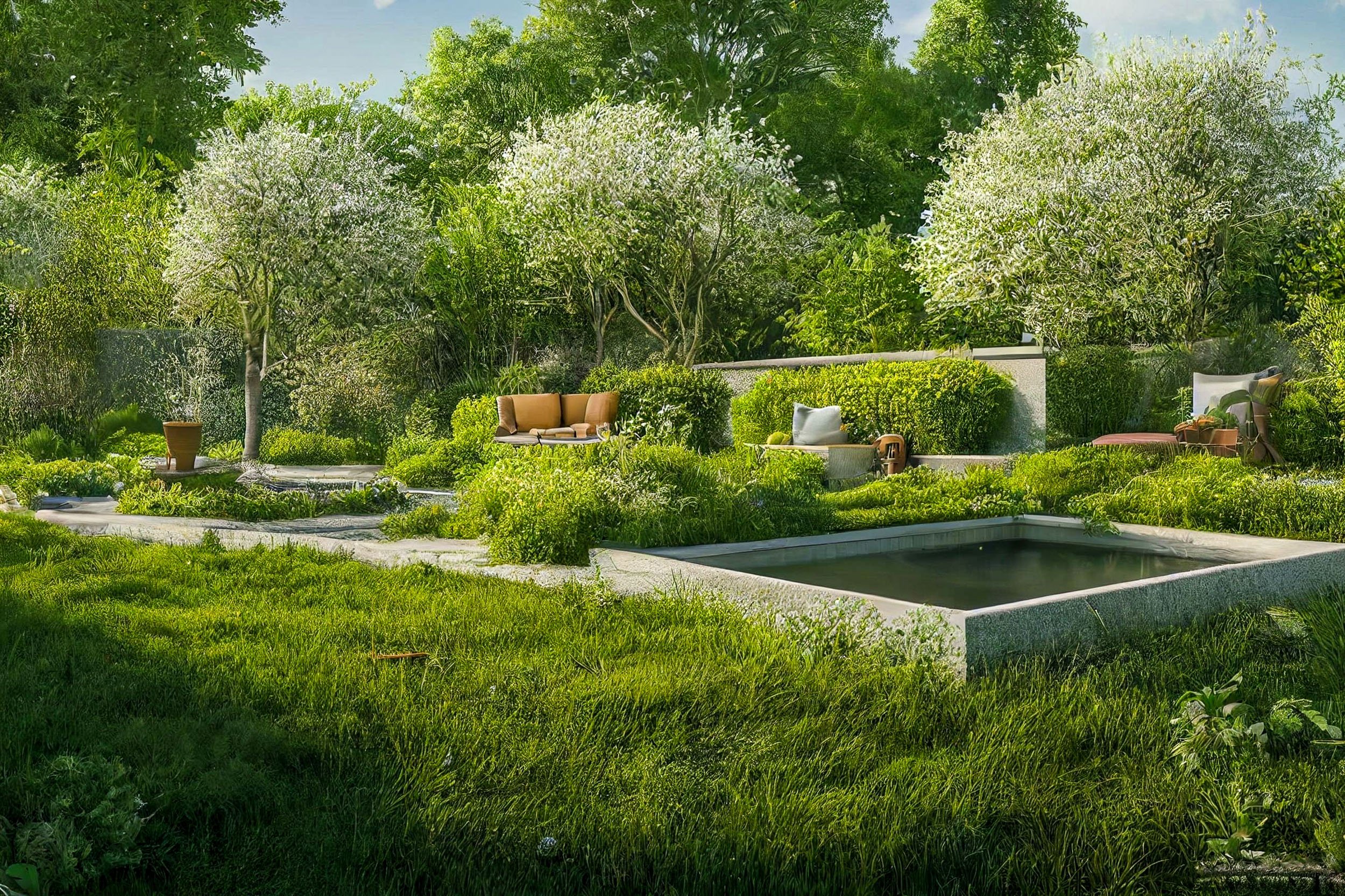More About Hilton Head Landscapes
More About Hilton Head Landscapes
Blog Article
Hilton Head Landscapes Fundamentals Explained
Table of ContentsHow Hilton Head Landscapes can Save You Time, Stress, and Money.How Hilton Head Landscapes can Save You Time, Stress, and Money.Indicators on Hilton Head Landscapes You Should KnowHilton Head Landscapes for BeginnersThe Main Principles Of Hilton Head Landscapes Not known Details About Hilton Head Landscapes Our Hilton Head Landscapes DiariesThe Hilton Head Landscapes Ideas
Type compatibility is also a major part of unity in designone or 2 noticeably various types are great for contrast and emphasis, but generally all various other kinds need to have some resemblances for an unified look. Texture describes how rugged or great the surface of the plant or hardscape product feels and/or looks.
Instances of plants with coarse structure include philodendrons, agaves, bromeliads, hollies, hands, and hydrangeas. Hardscape with rugged structure includes rough-cut rock, rough-finished brick, and unfinished timber with knots and a raised grain. Aged or old construction product that preserves a weather-beaten surface is often crude in structure. Attributes that produce fine texture consist of little foliage; slim, strappy leaves (grasses) or tall, slim stems; small, dense twigs and tiny branches; long stems (creeping plants); and little, fragile blossoms.
An Unbiased View of Hilton Head Landscapes
Many plants are average appearance, because they can not be called having either crude or fine texture. They are defined by medium-sized fallen leaves with simple forms and smooth sides. The average-sized branches are not densely spaced nor widely spaced, and the overall type is normally rounded or mounding. Medium-textured plants serve as a background to web link and merge the coarse- and fine-textured plants.

To make a space really feel smaller sized, position the crude appearances along the external border and the great appearances closest to the visitor. The information of the crude appearance makes the plants show up closer and makes the area really feel smaller. The viewed texture of plants can also change with the distance from the plant.
Some Known Facts About Hilton Head Landscapes.
Bold colors raise the comparison and make the texture show up coarser, while soft colors can squash texture. Hardscape with a coarse texturesuch as really harsh rocks and bold, huge timberstends to make all plant material show up a lot more medium distinctive. Designers frequently develop an appearance study (Number 8) on paper to aid make a decision the plan of plant products.
Figure 8. Appearance research study. Shade in plant material and hardscape includes passion and variety to the landscape. Shade is the most conspicuous component in the landscape and is normally the focus of most home owners; nevertheless, it is also the most short-lived component, generally lasting just a couple of weeks a year for individual plants.
Getting My Hilton Head Landscapes To Work
A simple summary of the shade wheel consists of the 3 primaries of red, blue, and yellow; the three secondary colors (a mix of two primaries) of eco-friendly, orange, and violet; and 6 tertiary shades (a mix of one surrounding key and second shade), such as red-orange. Shade theory clarifies the partnership of colors to each other and exactly how they must be utilized in a structure.

Analogous (often called unified) shade schemes are any three to five colors that are surrounding on the shade wheel, such as red, red-orange, orange, yellow-orange, and yellow, or blue, blue-violet, and violet (Landscapers near me). The shades relate to each various other because they usually consist of two primaries mixed to create a second and two tertiary colors, which implies they share typical residential or commercial properties
They have a tendency to have high contrast in between them. The most common sets are violet and yellow, red and eco-friendly, and blue and orange. Complementary colors are frequently found naturally in blossoms; an usual set is yellow and violet. Shade is discovered in the blossoms, vegetation, bark, and fruit of plants.
3 Easy Facts About Hilton Head Landscapes Explained
Environment-friendly vegetation in all its different shades is the dominant shade by quantity, yet other shades record interest quicker due to their high contrast to the color environment-friendly. Shade is likewise found in buildings, rocks, pavers, timber, and furniture. Most colors in natural materials, such as stone and wood, are generally low-key and tend to be variations of brown, tan, and pale yellow.
Color is a crucial aspect for creating interest and range helpful site in the landscape. Shades have homes that can impact emotions, spatial perception, light high quality, balance, and focus. One home of color is defined about temperaturecolors seem cool or warm and can impact emotions or sensations. Awesome colors often tend to be calming and must be used in areas for relaxation and calmness.
Getting My Hilton Head Landscapes To Work
Great colors have a tendency to decline and are regarded as being farther away, making an area feel larger. Color can additionally be used to capture attention and straight views.
As an example, bright yellow, which has the highest possible intensity, additionally has a high contrast with all other colors (often called a "pop" of shade) and ought to be conserved. A percentage of extreme shade has as much aesthetic weight as a large amount of a more suppressed or weak shade.
Analogous (often called unified) color design are any three to five shades that are surrounding on the shade wheel, such as red, red-orange, orange, yellow-orange, and yellow, or blue, blue-violet, and violet. The shades are associated to every other due to the fact that they typically include two key colors mixed to form a second and 2 tertiary shades, which means they share usual residential properties.
Excitement About Hilton Head Landscapes
Complementary colors are often located normally in blossoms; a common pair is yellow and violet. Color is found in the blossoms, vegetation, bark, and fruit of plants.
Green vegetation in all its various tones is the dominant shade by amount, but various other shades capture focus quicker due to the fact that of their high contrast to the shade eco-friendly - landscapers in bluffton sc - https://dc-washington.cataloxy.us/firms/www.hiltonheadlandscapes.com.htm#google_vignette. Color is also found in structures, rocks, pavers, wood, and furnishings. A lot of colors in natural products, such as stone and timber, are usually low-key and have a tendency to be variants of brown, tan, and light yellow
What Does Hilton Head Landscapes Mean?
Colors have buildings that can influence feelings, spatial understanding, light high quality, equilibrium, and emphasis. Amazing colors have a tendency to be relaxing and should be made use of in locations for relaxation and calmness.
Trendy shades have a tendency to recede and are regarded as being farther away, making a room feel larger. Shade can likewise be used to record interest and direct sights - http://go.bubbl.us/e336a4/f200?/New-Mind-Map.
Bright yellow, which has the highest possible strength, likewise has a high contrast with all other shades (typically described as a "pop" of shade) and should be used moderately. A little amount of extreme color has as much visual weight as a huge amount of a much more controlled or weak color.
Report this page